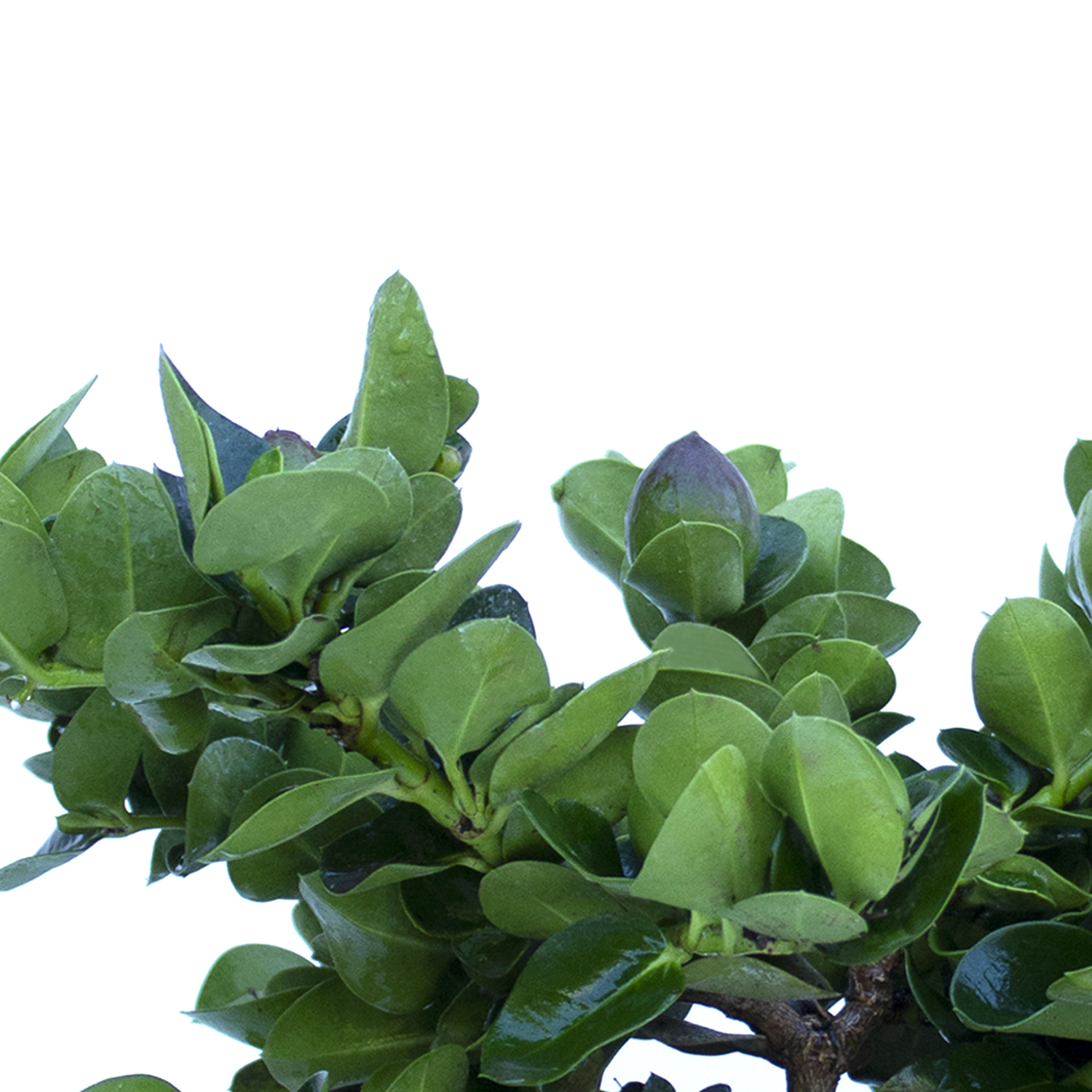cybloom
Carissa
Regular price
€6,50 EUR
Regular price
Sale price
€6,50 EUR
Unit price
per
Tax included.
Couldn't load pickup availability
Life Form: Bush
Family: Apocynaceae
Origin: Tropical Africa, Australia
Ease of Cultivation: Easy with small difficulties
The Size: Can reach a height of more than 1M
Growth: It grows slow enough
Lifespan: Perennial
Temperature: Summer: warm, Carissa is optimized for the daytime temperature of about 64,4-71,6 ° F. At higher temperatures. In winter it is preferable to keep it at a temperature of about 46,4 ° F
Humidity: Average
Lightning: Sunny place, at least 4 hours per day of direct sunlight, suitable southern or western window, this will ensure abundant flowering Carissa
The Soil: Ready-to-use well-drained sandy soil general purpose with alkaline reaction. Does not require too fertile soil
Watering: Moderate, preferably with soft water. Between watering the soil should dry out a bit, Carissa is fairly drought resistant. Do not allow excessive watering to avoid root rot
Fertilizer: From spring to autumn, once a week, fertilization in a half dose. Topdressing should contain an increased amount of phosphorus to ensure continued flowering. Excess nitrogen can lead to increased plant growth at the expense of flowering. Two times during the vegetative period it is necessary to feed with iron-containing fertilizer to avoid chlorosis. At the end of December and in April, top dressing with micronutrients is desirable
Reproduction: The apical half-aged cuttings in August-September at a soil temperature of 25 ° F. Root easily enough in a mixture of peat and perlite when using hormones. However, rooting in the water is somewhat problematic: the stem can rot. Sometimes, in order to accelerate the formation of roots on the cuttings, it is recommended first to cut the cuttings in half and leave them on the plant for about 2 months. And only then finally separate them and try to root. Propagated by air layers. Also, propagate with seeds that germinate very well for about 2 weeks
Bloom: From February to April, depending on the culture. White fragrant flowers are collected in an umbrella.In place of flowers, edible fruits are formed, similar to plums. However, the formation of fruits requires artificial pollination of the plant
Transfer: Up to three years of age each year after flowering. In the future, once in 2-3 years. Transplant in the spring
Features of Care: For the summer it is good to take the plant in the garden. By lowering the temperature to 50 ° F. Carissa should return to the room. From the middle to the end of spring, the plant needs pruning, but can only be cut after flowering
Difficulties: Affected occasionally scale insects, spider mites, aphids, thrips, whitefly. Suffering from fungal diseases. In general, Carissa fairly hardy plant. The plant often suffers from pests and various diseases when kept in the shade




